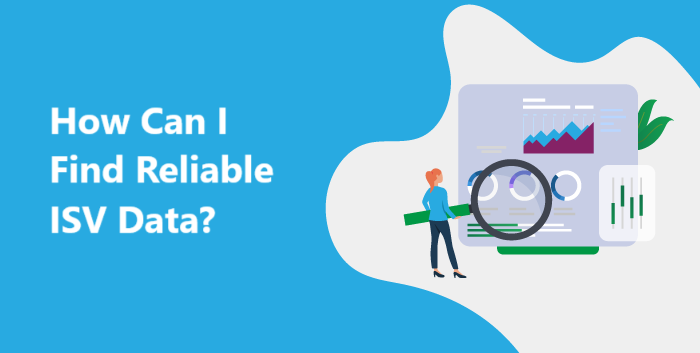In the B2B world, sales can become a company’s obsession. How can we increase sales? How can we improve up-selling techniques to our current client base? What can we do to enhance visibility for our offers? How can we use multi-channel content marketing to engage our buyer personas?
The questions never end. And in today’s world, the competition is fierce. Never before have there been so many offers out there to choose from, and so many places to turn for information.
When I think of sales, a lot of ideas come to mind, but the one that never goes away is that nothing can replace personalized service. Whether it be before, during, or after, I like to feel taken care of during the sales process. There’s nothing worse than buying something, only to get passed over afterwards to an account manager, without the slightest “thank you” from sales — it kind of feels like a one-night-stand of sorts.
Studies show that an effective sales process can make all the difference for buyers. Starting from the pre-sales stage all the way to the after-sale follow-up, a prospect who becomes a buyer needs to feel accompanied. Making sure that your prospects have ready access to information, are nurtured in a supportive atmosphere, and don’t feel harassed, will help ease the pressure that can be felt at times on both sides of the sales spectrum (by both the buyer and the seller).
Here are some tips that can help improve your sales process from start to finish (and beyond):
Influential Pre-Sales Techniques
1. Lightning-speed inbound leads follow-up
When someone takes the time to contact you with an inquiry, you owe it to them to respond as fast as possible. Nowadays people want instantaneous answers and if they don’t get them, they’ll go elsewhere to find them. You owe it to your prospects to respond within 24 hours tops when contacted by email — but doing this can be a daunting task if you don’t have the manpower in place to handle varying volumes of requests. Having a flexible outsourced help-desk service that is scalable can help you manage inbound calls at peak periods of the year without the hassle and extra cost associated with hiring people in-house. Most can also help respond to email requests at the same time, which can free up your staff to pursue the prospects that are ready for sales demonstrations or meetings.
2. Accompany instead of push
Gently follow up after they’ve had a chance to digest the information you’ve provided by asking them what else they may need, and answer any questions they have. You’ll find that when you nurture prospects in this way, they are more likely to trust you — and everyone knows that buyers buy from people they trust.
3. Market Intelligence
4. Account Profiling
Armed with this information, your sales team can close deals faster. As Jeff Kalter (Salesforce blog contributor) says, “Telesales does more than turn up the volume on leads. It balances quantity with quality.”
After-Sales Impact
1. Say thank you
2. Using Win/Loss Analysis for Sales Success
Many people overlook this critical step but gaining insight into why one prospect turned into a sale, while another did not is an essential way to understand how to make your sales process more successful. And as the experts at Salesforce say, “Your sales performance is not something that can be left to guesses or gut feelings.”
Having a neutral third-party researcher who has prepared a specific list of questions in advance, and has scheduled a date and time for a half-hour interview is a better way to go about win/loss interviews than having your sales team do it; this will ensure the unbiased nature of the results gathered.
Using this information will help your sales managers refine strategies, correct errors, build on successful techniques and even learn if certain industries are not the best fit for your products and services. From our experience, pricing is usually not the problem — prospects are often willing to pay a bit more for a superior service — so better understanding what you are doing right and what you can improve on will help you refine tactics.
3. Keep in touch
4. Ask for referrals
Conclusion
Working in sales is not easy. The stress and pressure associated with closing deals can make even the best sales rep crack. By having a large pool of opportunities that you are willing to nurture closely over time, your sales process can become less of a headache. Of course, this takes time and energy to construct, but if you take the time to plan out the process well from start to finish, the effort will pay off in the end.
Sources:
https://www.salesforce.com/blog/2014/05/telesales-techniques-gp.html
http://www.tackinternational.com/uk/blogs/6-painless-telesales-techniques-really-work








